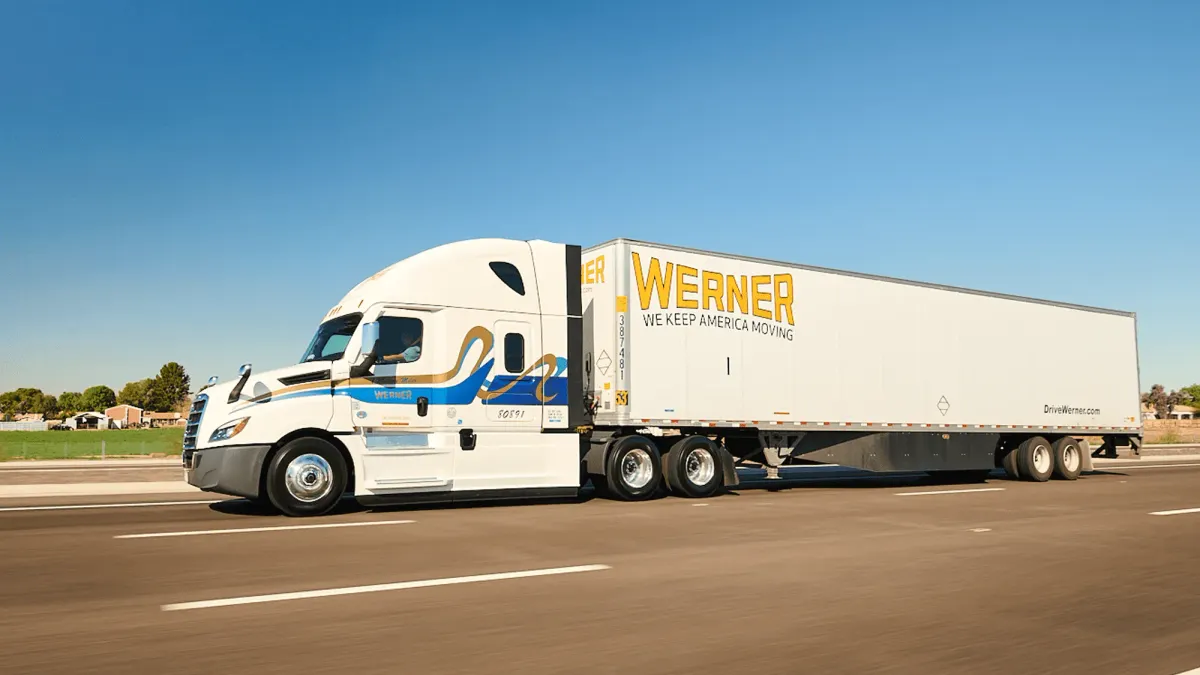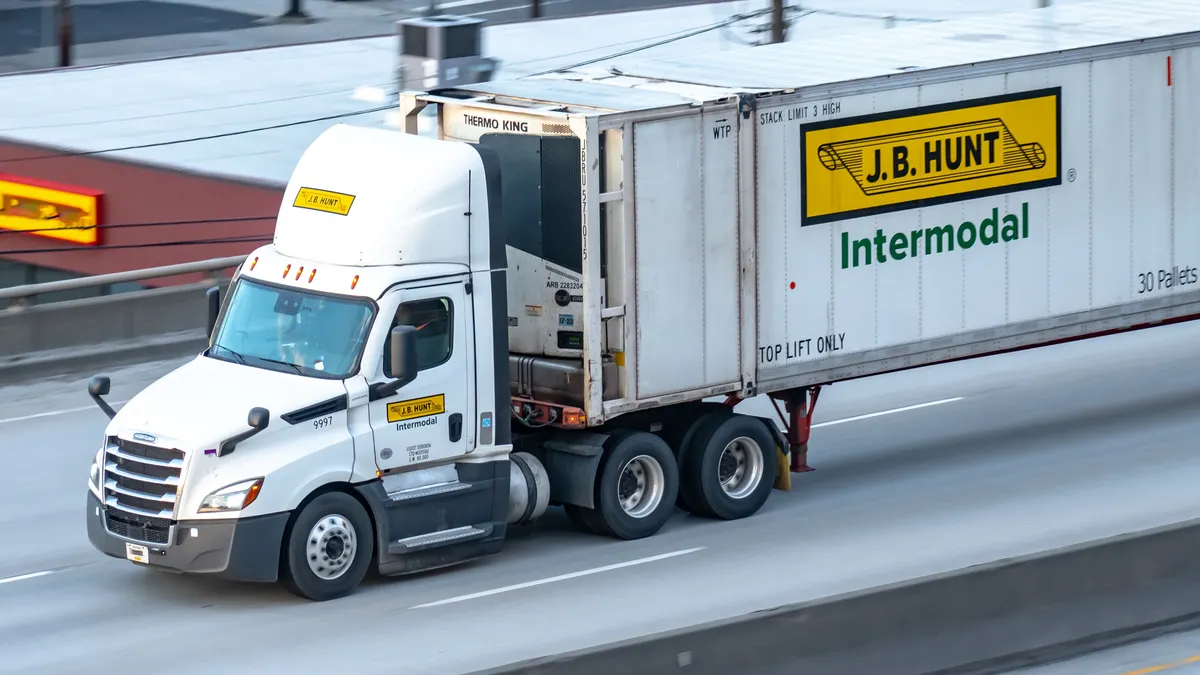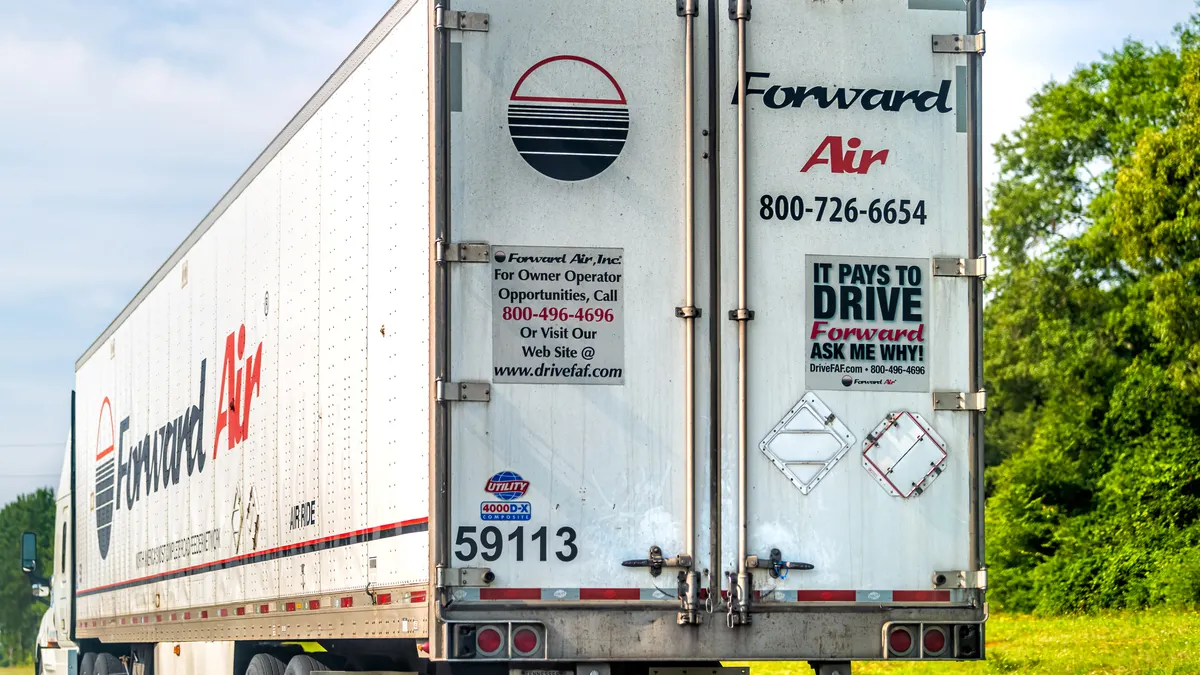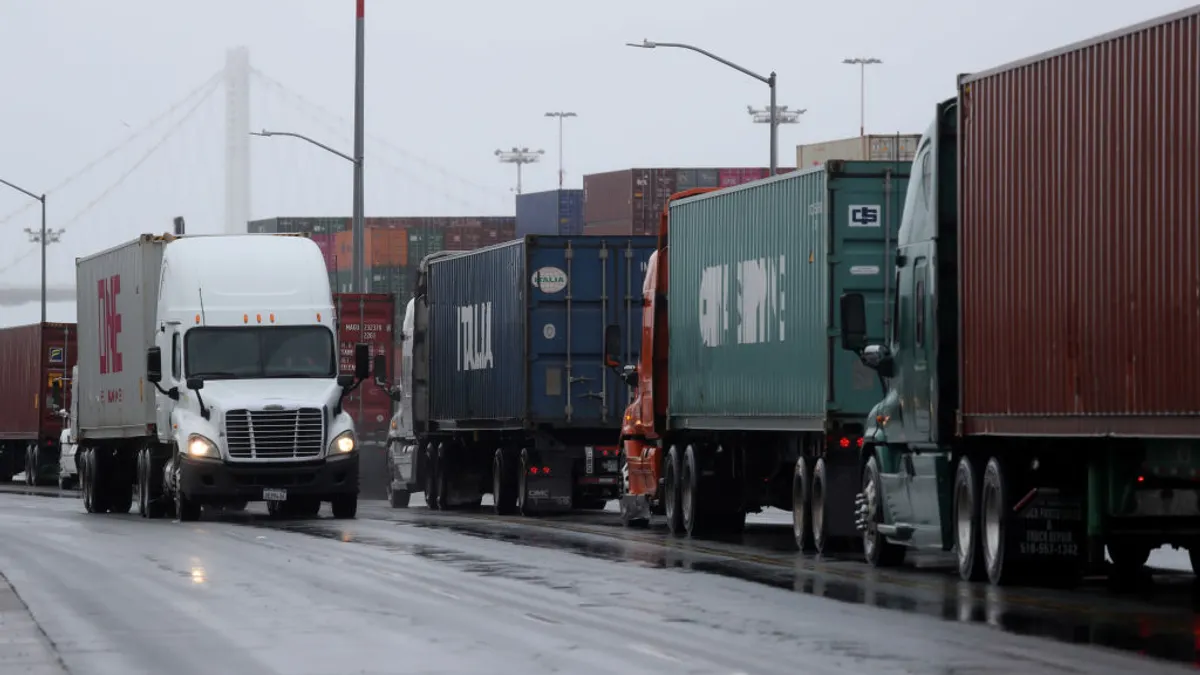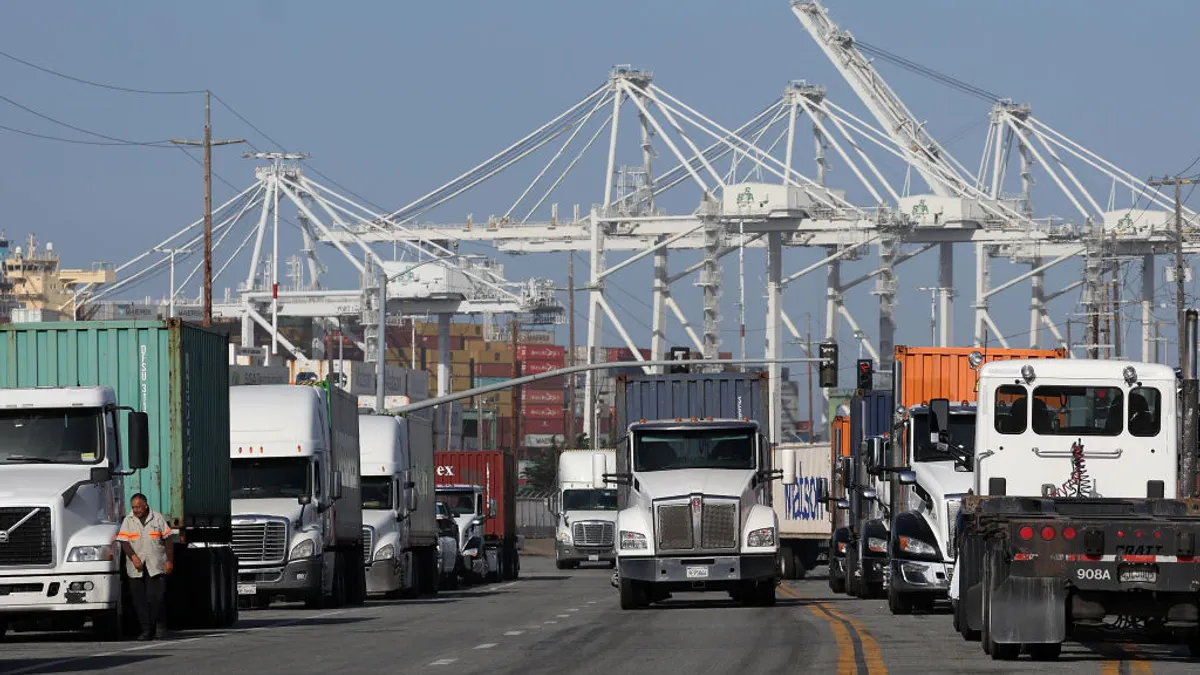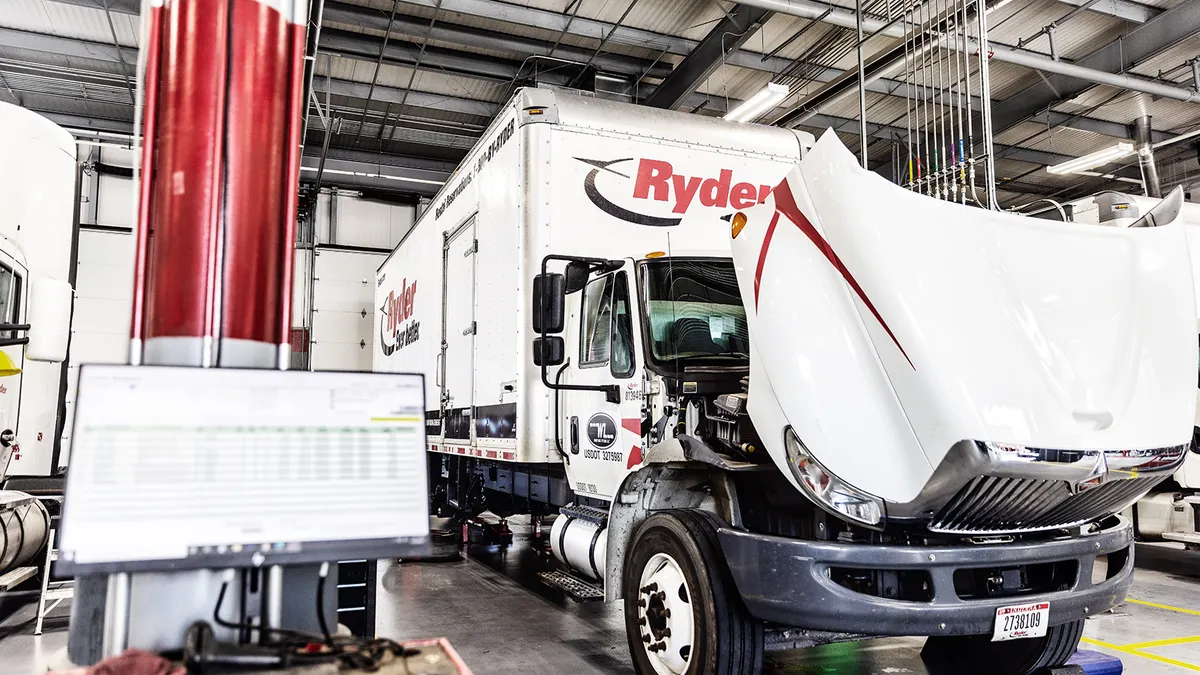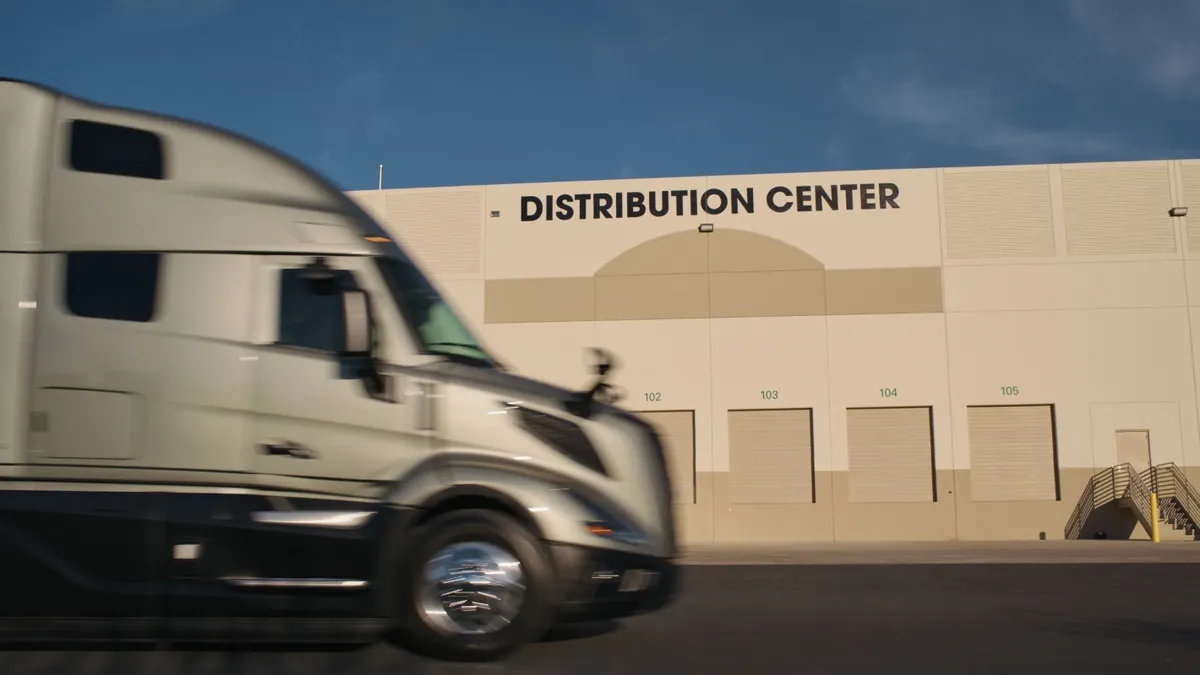XPO Logistics renamed its contract business. YRC ditched the acronym in favor of a previous name.
But introducing GXO Logistics, and reintroducing Yellow, requires more work than writing up a single announcement.
Naming a trucking company, in general, takes time and research. The brand must be clear and powerful, while conveying the message the fleet wants to disseminate.
When Daniel Burrows changed his business' name from XStream Trucking to TruckLabs, his team volleyed around a few different possibilities.
"We decided the name, TruckLabs, demonstrated how we’re researching, developing and testing aerodynamic and driver-coaching solutions for our customers," said Burrows, the CEO. "A firm called Lexicon Branding — that has named brands like Impossible Foods, Swiffer, Febreze, OnStar and Outback — helped us think through our options."
All business names should be easy to remember and pronounce, said Allen Adamson, co-founder and managing partner of Metaforce, a marketing-strategy and activation firm.
"[Names] should tell one part of your company’s story, something people will remember and that sets you apart from the competition."

Allen Adamson
Co-Founder and Managing Partner of Metaforce
"In addition, they should tell one part of your company’s story, something people will remember and that sets you apart from the competition," Adamson said. "It’s not possible to tell your entire story in a single name. So, choose one aspect of it."
When working with companies to choose a name, a Metaforce team starts with as many as 500 possibilities. Adamson said the company looks at what best sells the client’s story — be it sounding strong or fast — and communicates professionalism, technical expertise or energy consciousness. Then the team shares 20-40 of those with the client.
"The obvious names have already been used and are trademarked," said Adamson. Eventually the choices are winnowed down to one or two that can be submitted to the trademark lawyers, he said.
What's in a name?
Before it was called TruckLabs, Burrows founded the company and named it XStream Trucking. Back then in 2014, its identity was tightly connected to a specific patented technology designed to improve semi-tractor-trailer-truck aerodynamics.
"In November 2020, we decided to rename and rebrand so our work wasn’t limited to that one technology," said Burrows. "We had expanded our focus to create solutions beyond saving fuel and helping enable fleets to gain efficiency and profitability."
Many factors go into deciding on a name. Making first impression on customers and peers is important.
Knight Transportation indicates strength, and Swift Transportation implies rapid delivery, said Adamson. But Yellow, Acme Truck Line and ABC Trucking don’t reveal anything about the company.
Meaningless abbreviations, and even the founder’s name, won’t necessarily resonate with many people, Adamson said. And the fleets would then have to invest in communication to tell the public who they are.
Changing a business name, while sometimes necessary, can be costly and time consuming. When automaker Datsun switched to Nissan in the 1980s, one expert told The New York Times it might cost the company up to $100 million in extra promotion costs.
But if the business has outgrown its name — or if the name has been tarnished for some reason, it’s racially insensitive or it limits what people think you do, Adamson added — an investment is likely warranted.
Built-in billboards
When a name has been chosen and branding begins, fleets have a robust source of owned media: Their trucks become moving billboards.
"When you come up with a verbal name, then you need a visual set of clothing to match," Adamson said. "That includes the logo which we often marry with the name, colors, a tagline and the size of the font on the truck."
For example, you can identify a FedEx truck from 50 feet away, and that was done on purpose. The "Fed" and the "Ex" look gigantic. That’s an important part of its branding, said Adamson. And the hidden design of the arrow between the "E" and "X" plays up FedEx's messaging as a transport provider.
"Blue and red are safe colors, as everyone uses them. But other colors, like orange, can break you out of a category because it’s so different," said Adamson.
"When you come up with a verbal name, then you need a visual set of clothing to match."

Allen Adamson
Co-Founder and Managing Partner of Metaforce
Should a fleet select the wrong branding, he said, it’s like going on a trip with the wrong destination address. "You have to start over," Adamson said. "You’ve also missed an opportunity to tell your story in a strong way."
Naming and branding your company can be fun, but exhausting, said Burrows. First a business must lay the groundwork as to what its company is and represents. Then it can layer the marketing positioning, and finally the branding, on top. Once the hard work has been done, the marketing process can create an opportunity to connect with customers and make them part of the process.
"We asked our customers about how we were positioning ourselves in the market and what their response was to different names and logo options for us," said Burrows. "Making them part of the process helped ensure we were really listening to what was important to them."



